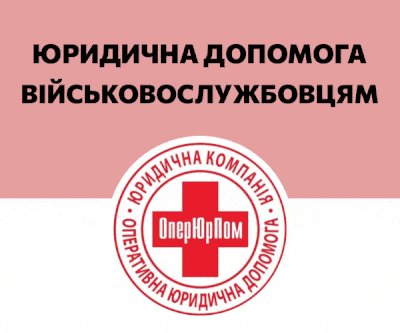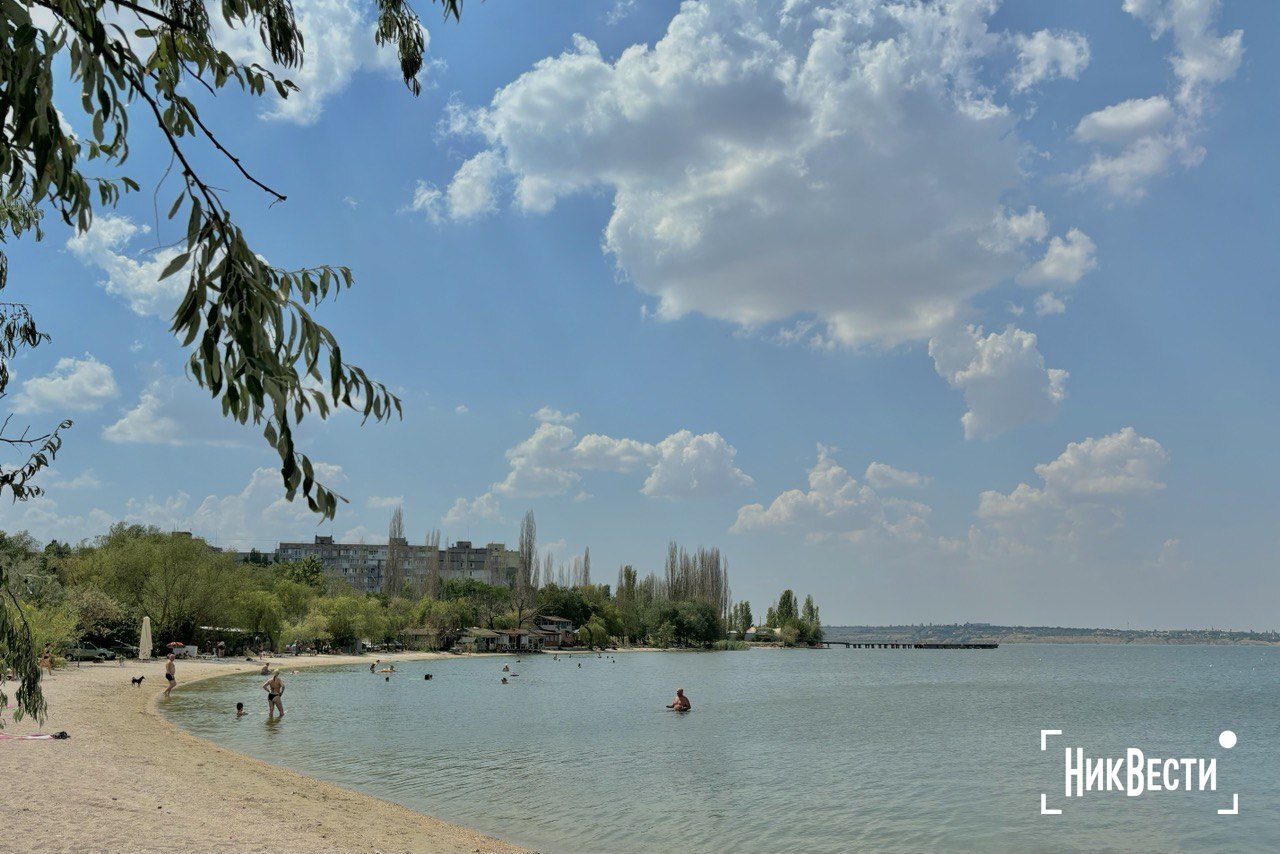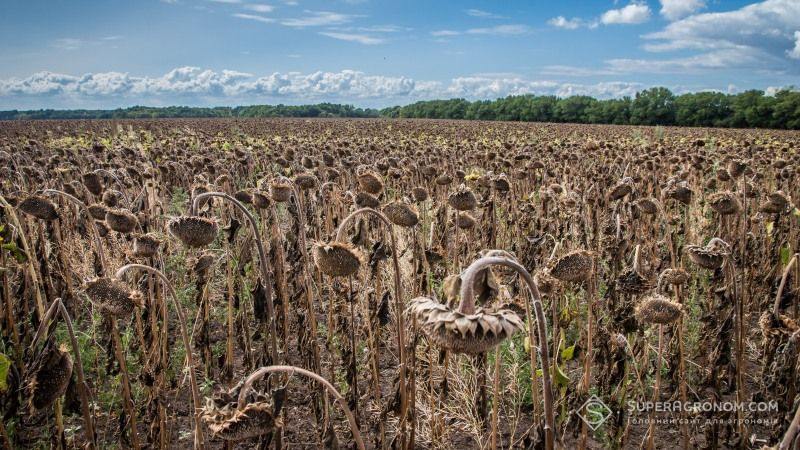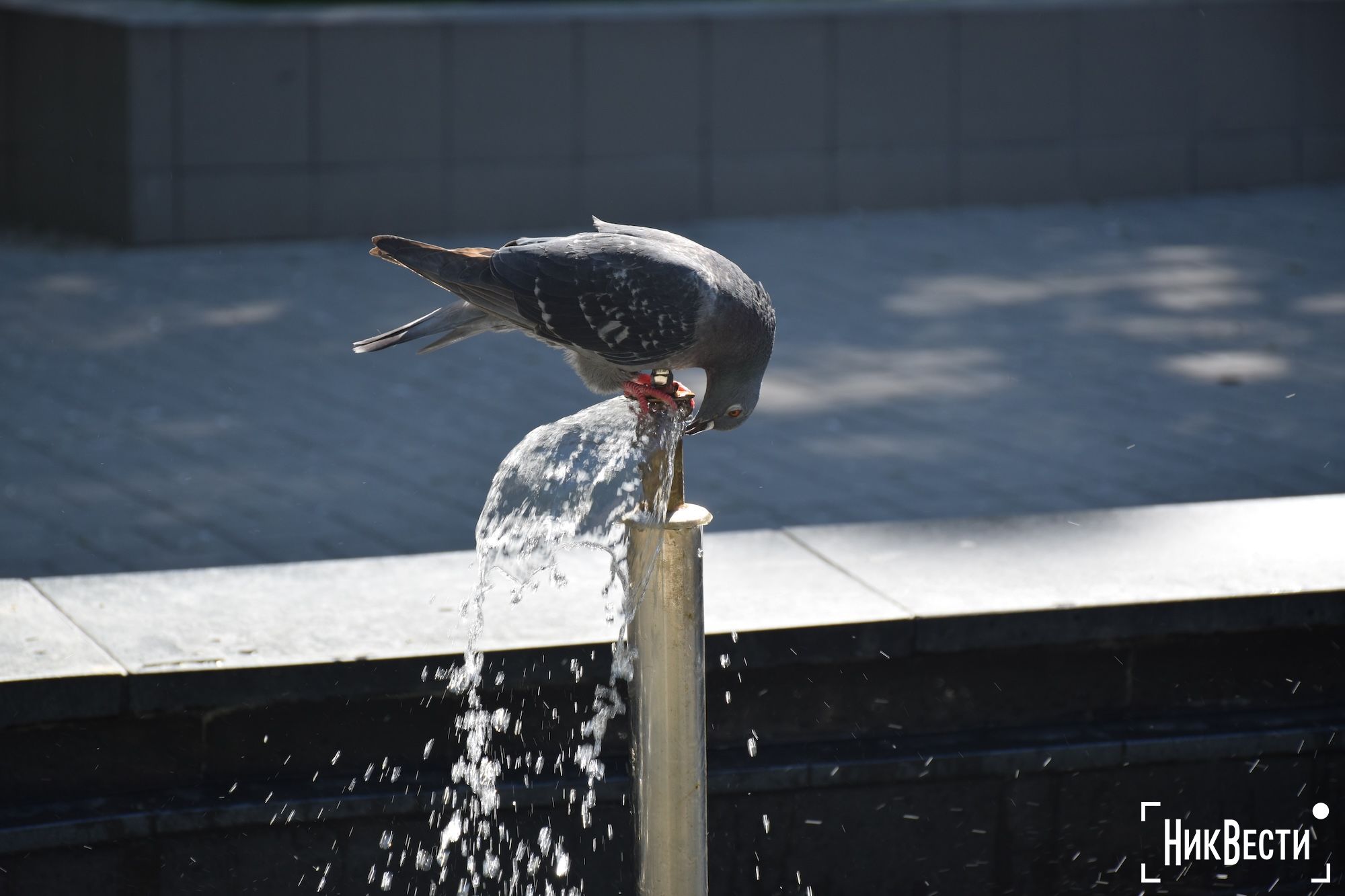Extreme heat. What is happening with the climate in Mykolaiv? Explainer
- News of Mykolaiv
-
•
-

- Alina Kvitko
-
•
-
17:00, 05 August, 2024
July 2024 brought unusually high temperatures to Mykolaiv, which significantly affected the ecological situation of the city. This extreme temperature regime created not only discomfort for residents, but also serious problems for the urban ecosystem. In July, Mykolaiv rescuers reported almost every day on the ignition of dry land, bushes and other things in open areas and noted the highest level of fire danger. And if the official record temperature reached a record 42 degrees, in fact the air on the streets warmed up to 60 degrees Celsius.
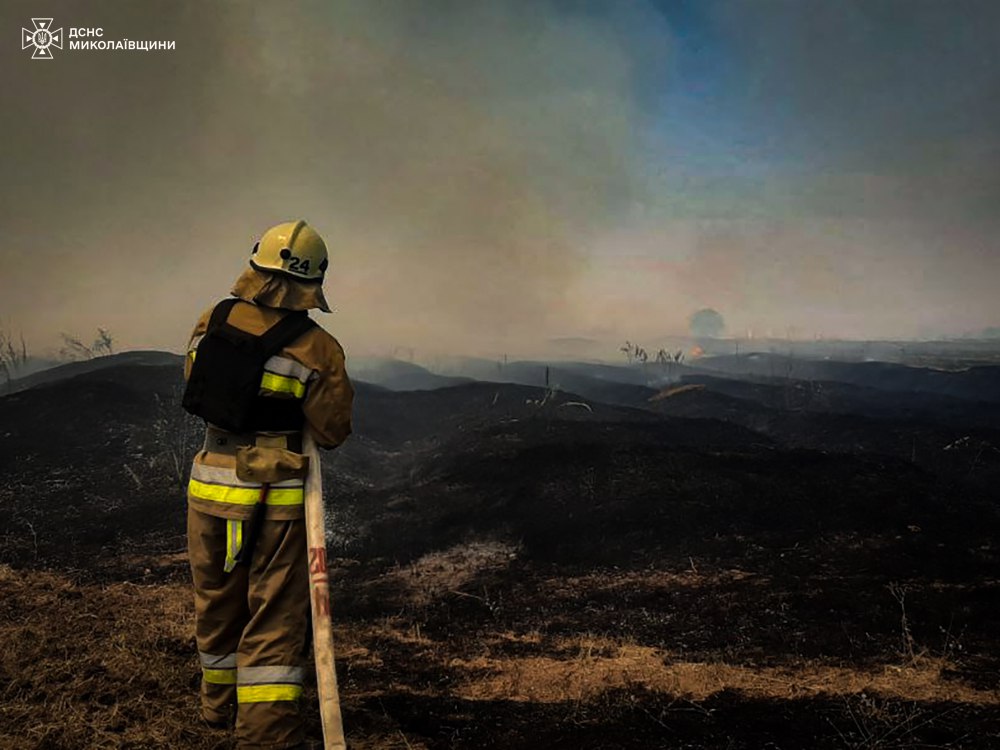 In Mykolaiv Oblast in July 2024, many fires were recorded in the fields, photo of the State Emergency Service
In Mykolaiv Oblast in July 2024, many fires were recorded in the fields, photo of the State Emergency ServiceIn addition, representatives of the Mykolaiv state co-inspection reported several times that due to the abnormal heat in the South Bug river, a fish plague was recorded, several more such cases were recorded in the Khadzhibey estuary during the month.
What is happening with the climate, how the heat affects Mykolaiv and whether it is possible to adapt to such weather — explains NikVesti.
How does extreme heat affect the Mykolaiv ecosystem?
With this question, we turned to the head of the ecology department of the medical institute of the Petro Mohyla Black Sea National Liudmyla Hryhorieva. According to her, the main factors of extreme heat are global climate changes caused by numerous emissions of greenhouse gases. This trend is observed not only in Ukraine, but also in Europe as a whole.
«Mykolaiv ecosystem, as an urban ecosystem, includes both biotic and abiotic components. In conditions of abnormal heat, natural processes may be disrupted, which will affect the flora and fauna. High temperatures can cause stress in plants, leading to a decrease in their productivity and health. Animal life can also be affected, because changes in the environment can affect their habitat and food. However, unfortunately, at the moment there are no specific data regarding the observations of the flora and fauna of Mykolaiv during the abnormal heat,» Liudmyla Hryhorieva notes.
The environmentalist also emphasizes that industrial pollution and intensive construction also contribute to the increase in temperature. She notes that although the war had an effect on the reduction of industrial emissions, the lack of sufficient green infrastructure remains a problem.
Why should cities develop climate change adaptation plans?
Anastasia Skok, environmental director of the NGO SaveDnipro, noted in a comment to NikVesti that climate change is an important challenge for Ukraine, in particular for the south of the country, where Mykolaiv is one of the most affected regions.
She notes that agriculture is forced to adapt to new conditions, and cities must develop plans for adaptation to climate change. It is important to take into account global trends and implement effective measures to mitigate the consequences of climate change.
«Adaptation to climate change is not a new but important challenge and task for Ukraine, even in wartime conditions. The global trend of increasing the average annual air temperature is also observed in Ukraine. When the Paris Agreement was signed, the goal was to hold this increase to 1.5 degrees by 2030. In 2024, the excess has already reached 1.6 degrees Celsius. The world does not learn from its mistakes. Thus, Ukraine also faced the consequences of climate change, as our temperate climate with snowy winters and mild summers turned into an almost subtropical one (once typical of southern Europe — Italy, Greece, etc.). Now we have a winter with little snow, a rainy off-season and a hot summer with critically high air temperatures. The south of Ukraine became the first region to experience these consequences. Crimea, Odesa, Kherson and Mykolaiv regions are already breaking all temperature records. Agriculture is forced to adapt to new crops, parks and forests do not receive enough moisture and dry up, and when the numerous rivers of the region dry up irreversibly. Large cities and regional centers should develop plans for adaptation to climate change and take immediate action.»
Recently, the NGO SaveDnipro presented in Mykolaiv an analytical report on the ecology of Mykolaiv, which indicated that the peculiarities of changes in the temperature regime or climatic conditions are factors of significant influence on the local ecological situation, as well as cross-cutting factors in almost all categories of analysis.
The arid climate and insufficient rainfall cause a decrease in the water level in reservoirs.
Climate changes in Mykolaiv: loss of green areas, reduction of water resources and impact on agriculture
Experts of SaveDnipro NGO compared LANDSAT satellite data according to which in 2001 the city had a significant amount of green spaces and open water bodies (blue, yellow), which ensured the accumulation of moisture and coolness. In 2024, the situation has changed dramatically: the number of green areas has decreased, and open water bodies, which were previously visible on satellite images, have almost disappeared.
«For more than 20 years, the traditionally arid climate of the southern region has taken its toll: Mykolaiv has insufficient supplies of fresh drinking water per inhabitant,» experts note.
In addition, according to experts, an important change observed on the map is a significant narrowing of the channel of the Bug estuary. The reason for this is the change in climate in the region from temperate to more arid. Over the years, further narrowing of the mouth and shallowing of the estuary will be observed in the future.
Dry weather and abnormal heat also significantly affected the harvest. For example, Acting Head of the Voznesensk District Administration, Antonina Sharata, reported that this year's harvest of early cereals decreased by 114,000 tons compared to last year. Sunflower yields are expected to drop by a third due to dry conditions.
«Harvesting of early cereals has been completed in the district. To date, 535,000 tons of grain have been collected with a yield of 30.8 centners per hectare. Unfortunately, the weather conditions showed signs, and the autumn-winter period, and spring, and dry weather did not contribute to a significant harvest, and we have a decrease compared to last year by 114 thousand tons of early grains. Farmers are currently working to prepare the soil for sowing winter crops for the harvest of 2025, and are also preparing for harvesting late grains, in particular corn, as well as sunflower. Again, the dry weather and the lack of rains have shown signs, and farmers are already expecting a significant decrease in yields, in particular sunflower, by a third,» she said.
New temperature records in Mykolaiv, green initiatives and adaptation strategies
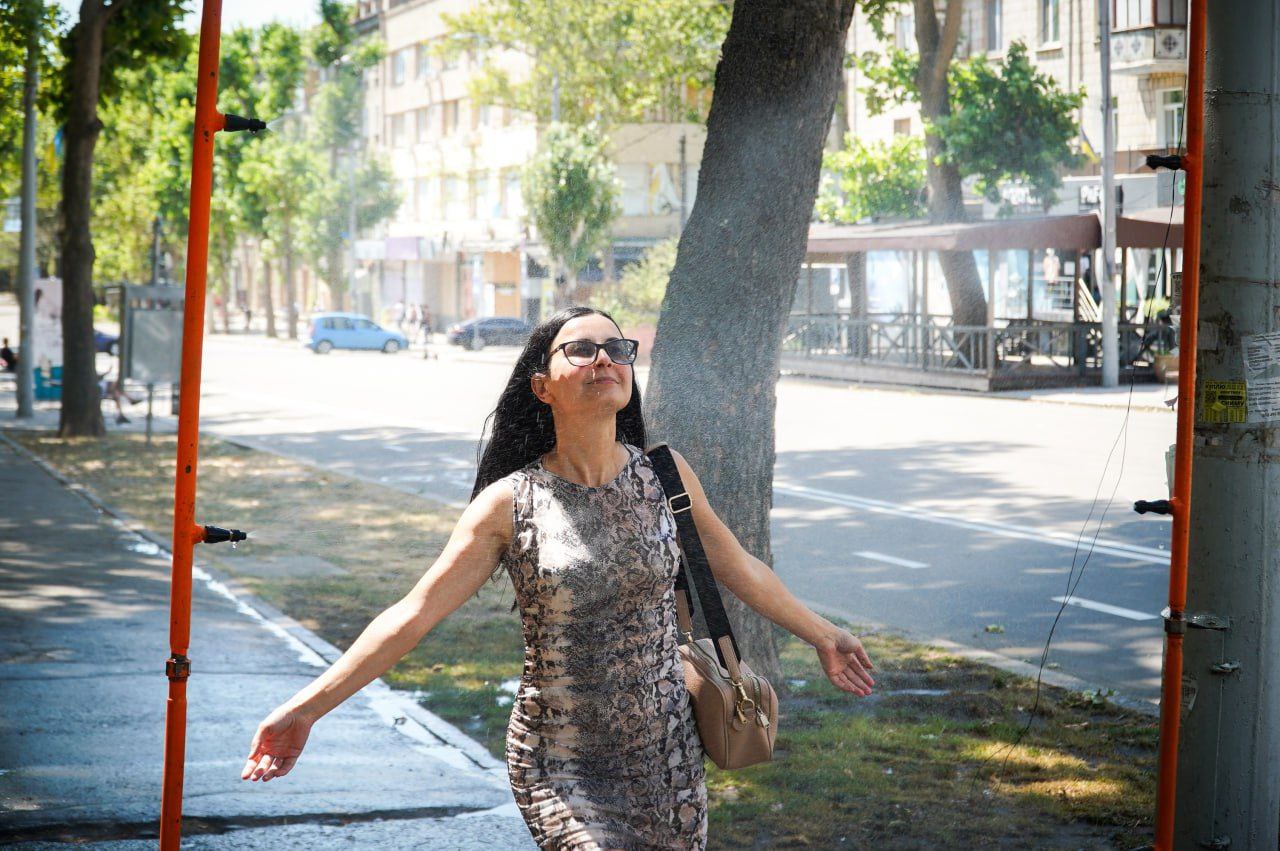 At the end of July, sprinkler frames with water appeared in the center of Mykolaiv, photo of the press service of the mayor of Mykolaiv
At the end of July, sprinkler frames with water appeared in the center of Mykolaiv, photo of the press service of the mayor of MykolaivThe leading forecaster of the Mykolaiv hydrometeorological center, Alina Pylypenko, also confirmed in a comment to NikVesti that the high temperatures this summer are the result of both global and local climate changes. The current temperature record in Mykolaiv was 41.6°C, surpassing the previous record of 1998. The frequency of such anomalies is increasing, and this is one of the manifestations of climate change.
«We conduct surveillance in the region and in the city of Mykolaiv, there are different periods. For example, observations have been made in Mykolaiv for about 80 years. And the previous record value for the city was in 1998, when we had 41.1 degrees of heat, and this year we broke the record, we had a temperature of 41.6 degrees. That is, some years are warmer, some are colder, but there were records. And this year, especially this month, we exceeded them by a lot,» said Alina Pylypenko.
Environmentalist Liudmyla Hryhorieva notes that to improve the ecological situation, it is necessary to develop green areas, such as parks and squares, as well as to introduce modern landscaping methods, such as the use of purified rainwater.
«Urbanization and industrial pollution are also important anthropogenic factors that affect the rise in temperature in the city. Even though some industrial enterprises are stopped or operating at reduced capacity due to the war, urbanization and pollution remain problems. To reduce negative consequences, it is important to implement measures aimed at improving the urban ecosystem. This includes landscaping the city, creating park areas, squares, fountains and using purified rainwater for watering green spaces. Examples of successful urban greening can be found in China, where cities are turning into green gardens,» she notes.
In addition, in the streets of the city at the end of July, already when the abnormal heat subsided a little, the local authorities installed sprinklers with water so that Mykolaiv residents could cool down. This was announced by the mayor of Mykolaiv Oleksandr Sienkevych.
«Mykolaiv residents, especially the smallest ones, have already appreciated such frameworks installed in the Heart of the City, the «Kazka» children's town, Kashtanovyi Square, Flotskyi Boulevard, Soborna Street and in the «Lisky» park,» wrote the mayor of Mykolaiv Oleksandr Sienkevych.
In addition, the Minister of Environmental Protection and Natural Resources, Ruslan Strilets, reported earlier that in three experimental regions of the country, work is underway to create strategies for adaptation to high temperatures. These regions are developing a set of measures to counteract the consequences of hot weather.
«We are working with three oblasts — Mykolaiv, Ivano-Frankivsk, and Lviv, and we are developing a climate change adaptation strategy with them specifically for these three pilot oblasts. We have certain 3 scenarios that will happen, and we are developing measures — how to develop and grow in such climatic conditions,» said Ruslan Strilets.
Alina Kvitko, NikVesti

The work on this material became possible thanks to the Fight for Facts project, which is implemented with the financial support of the Federal Ministry of Economic Cooperation and Development of Germany.


